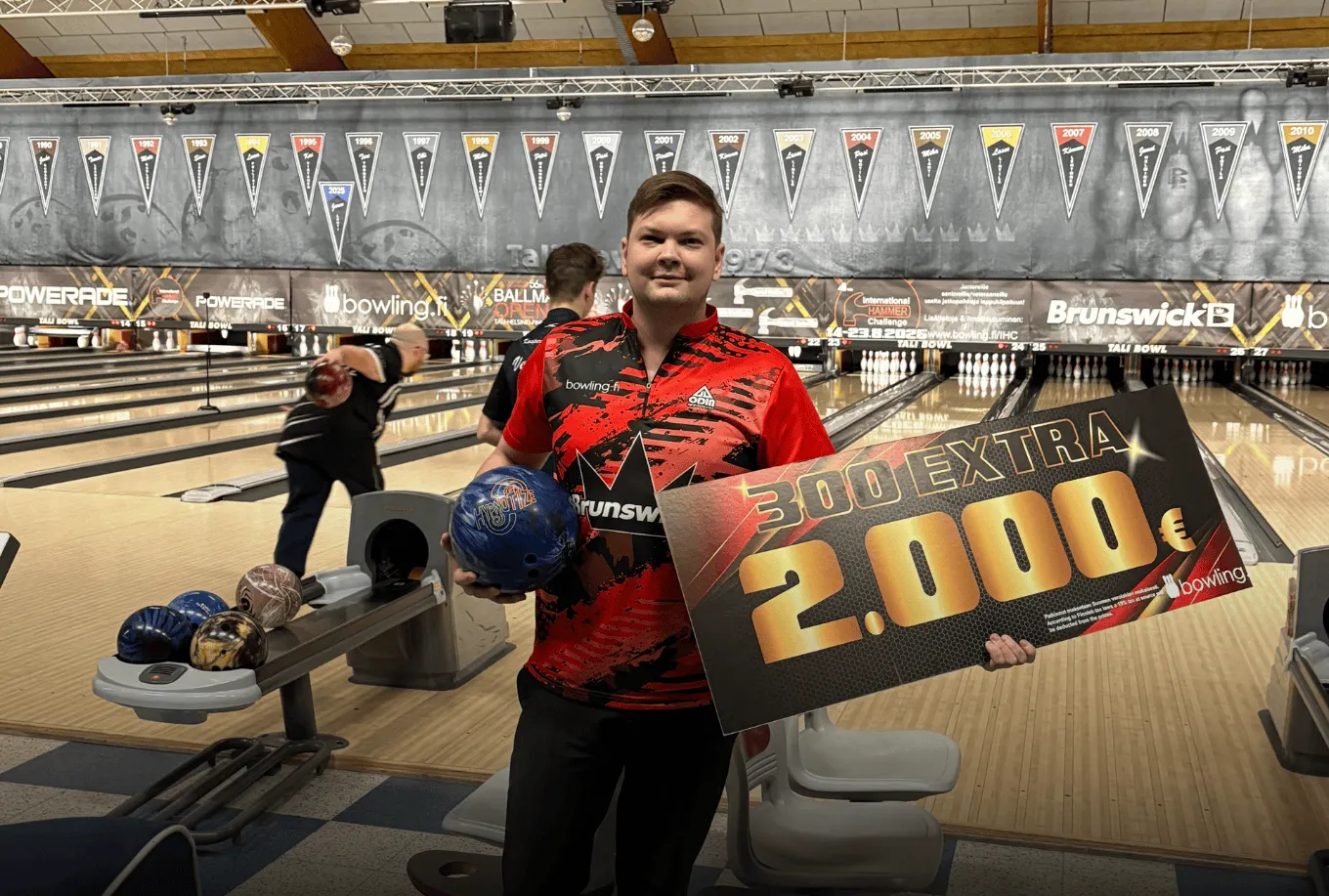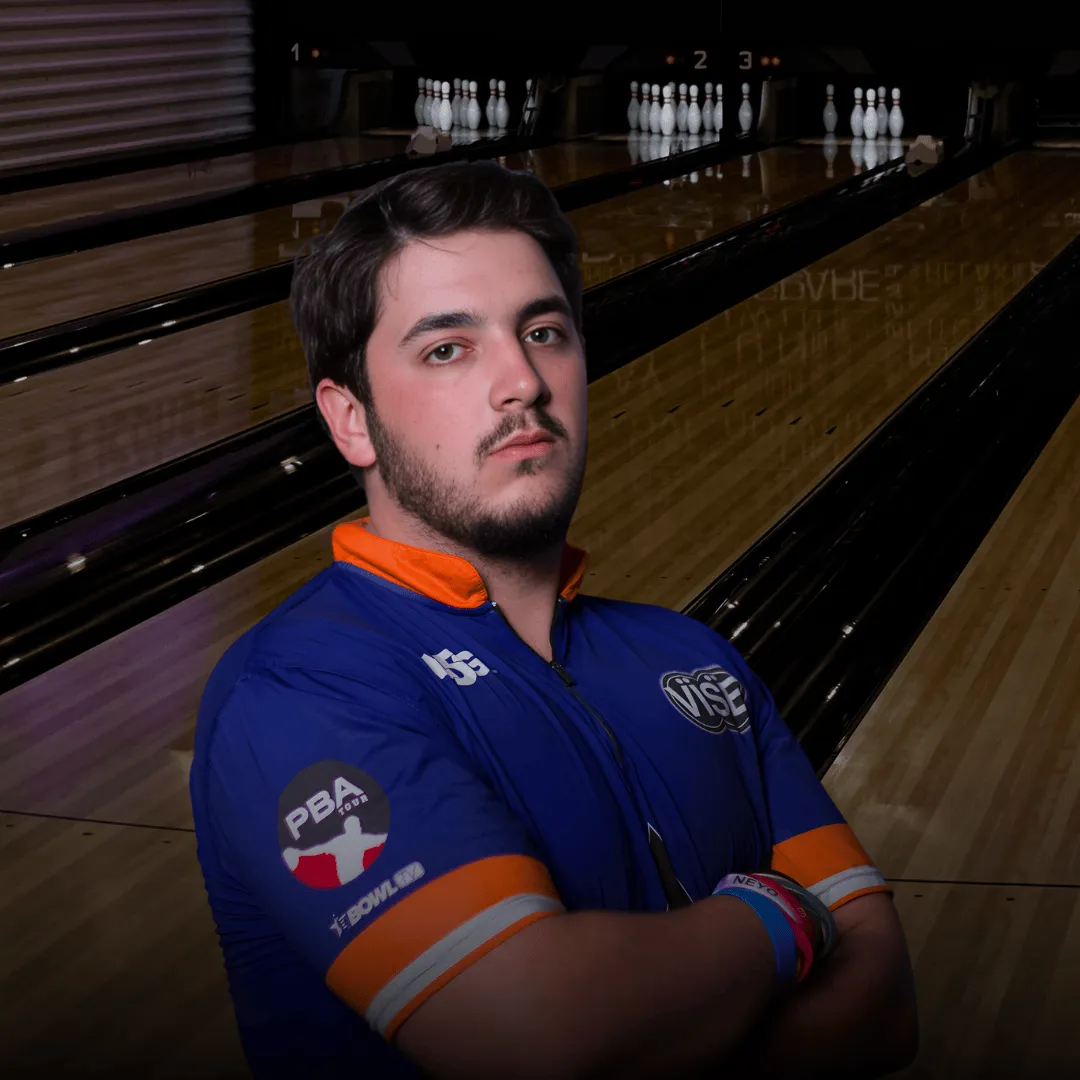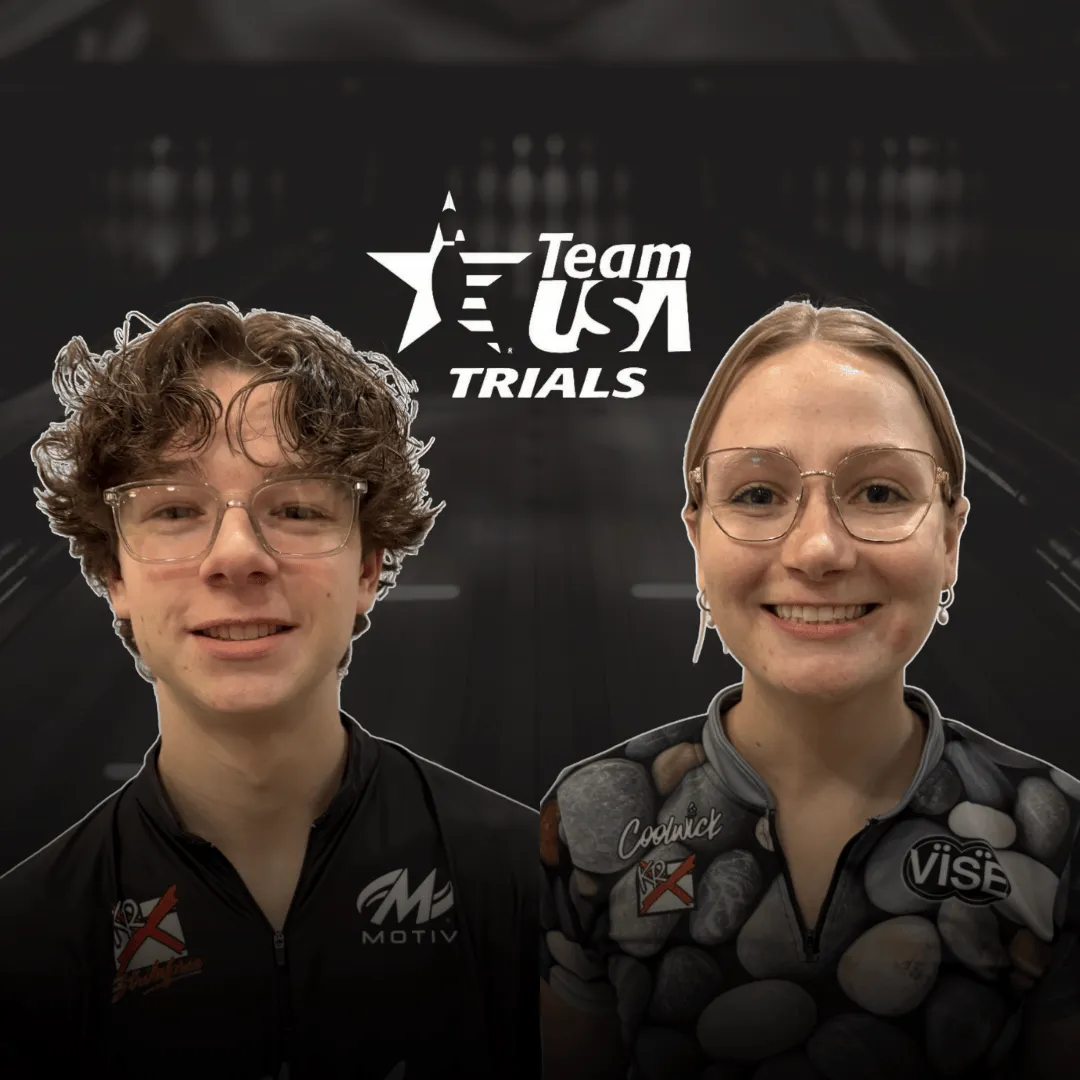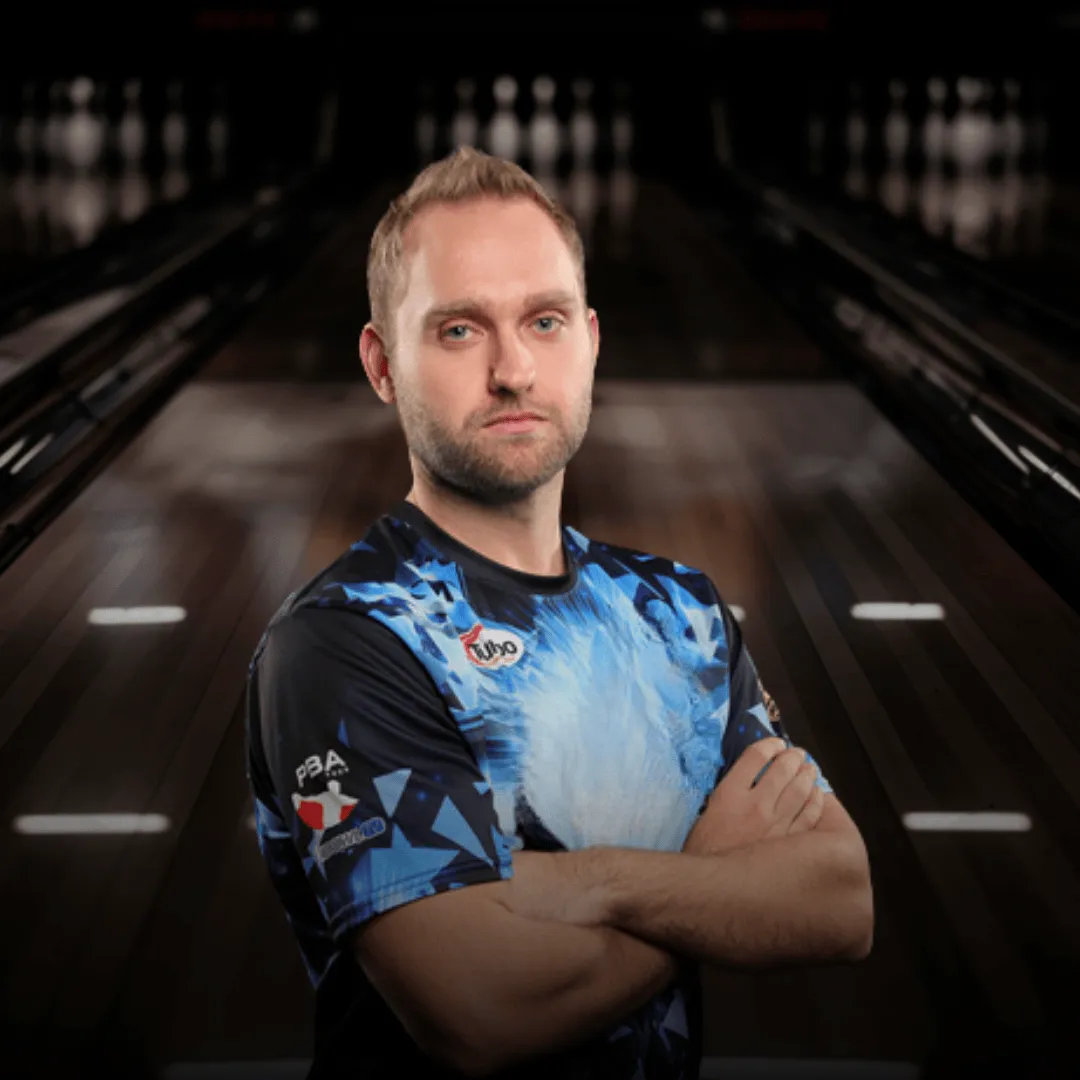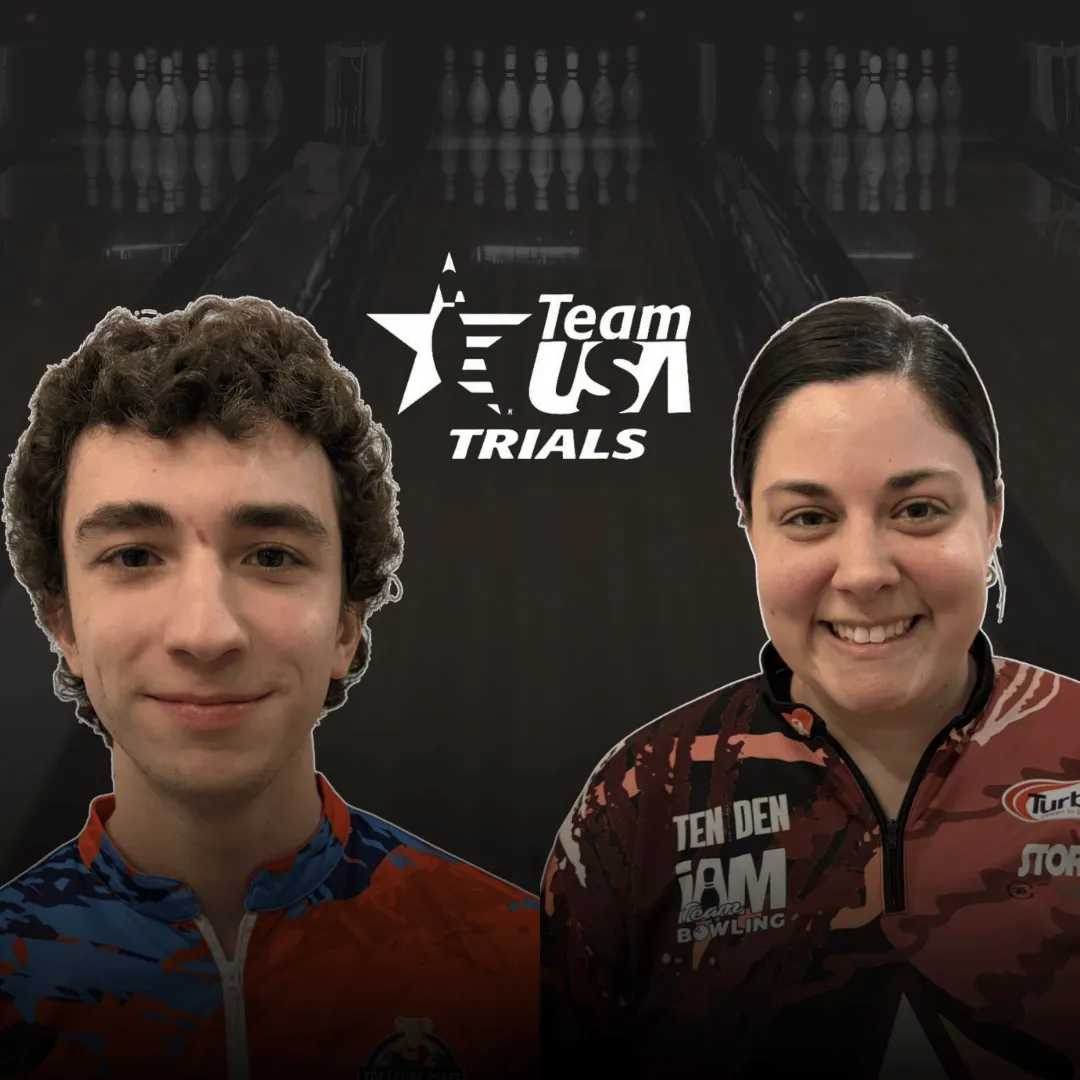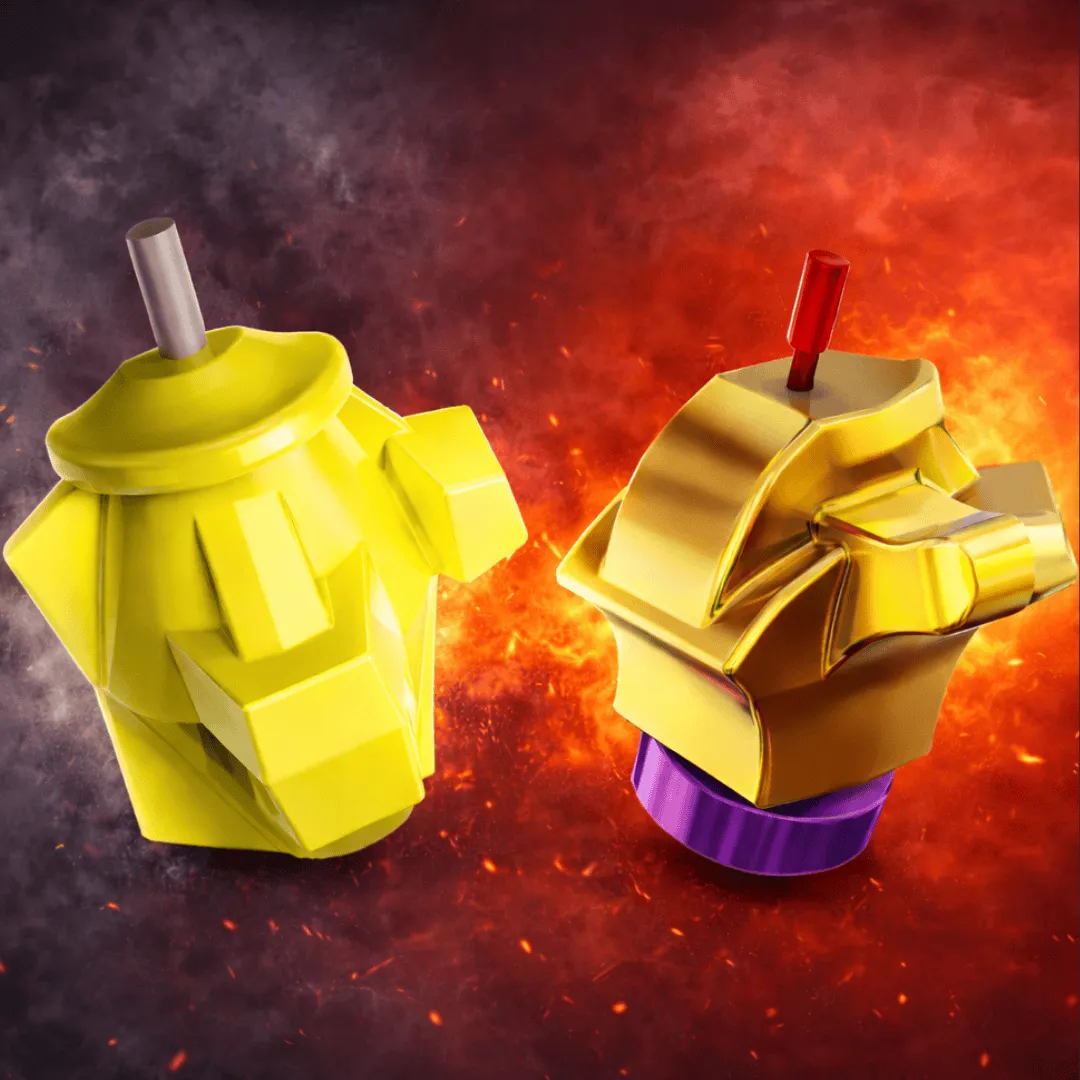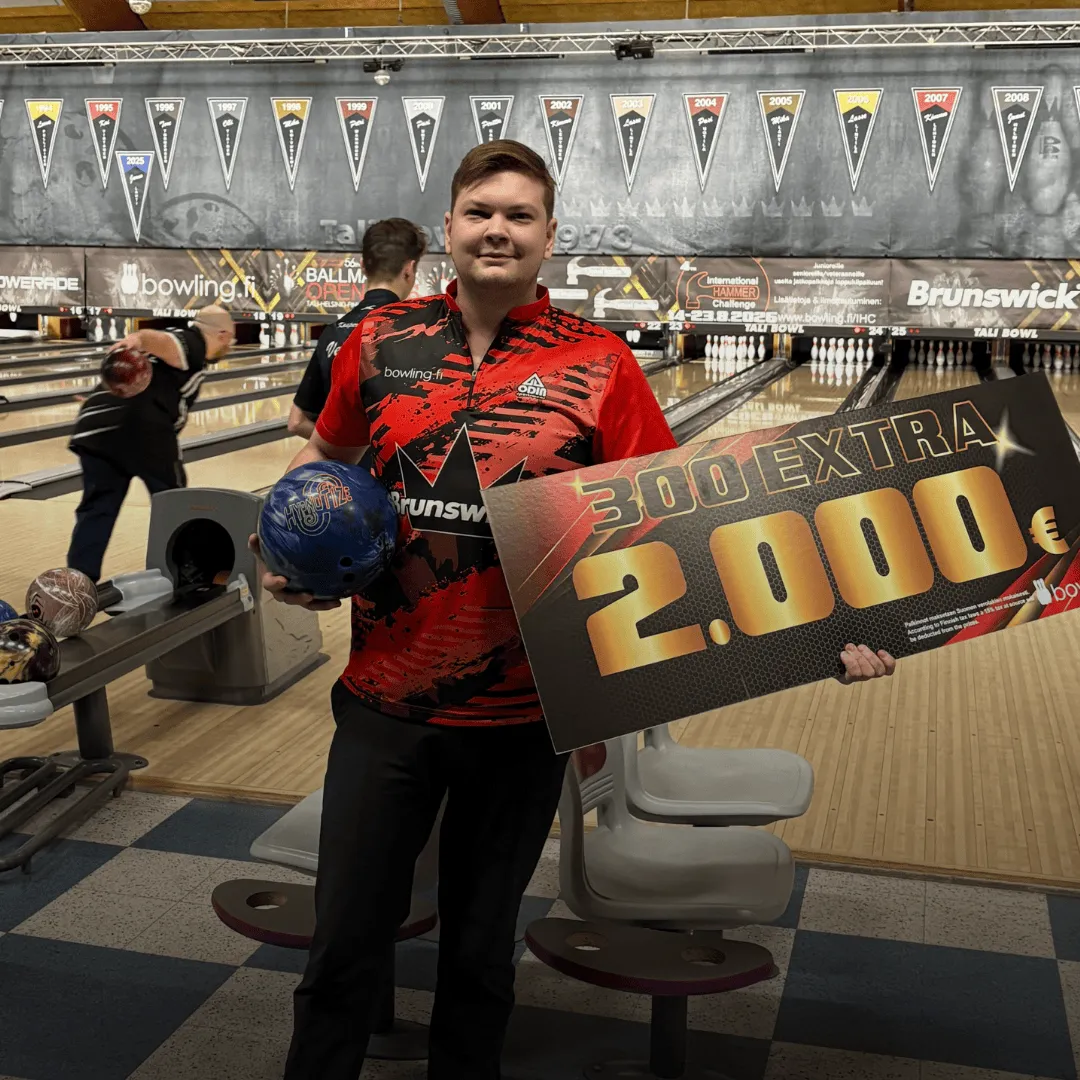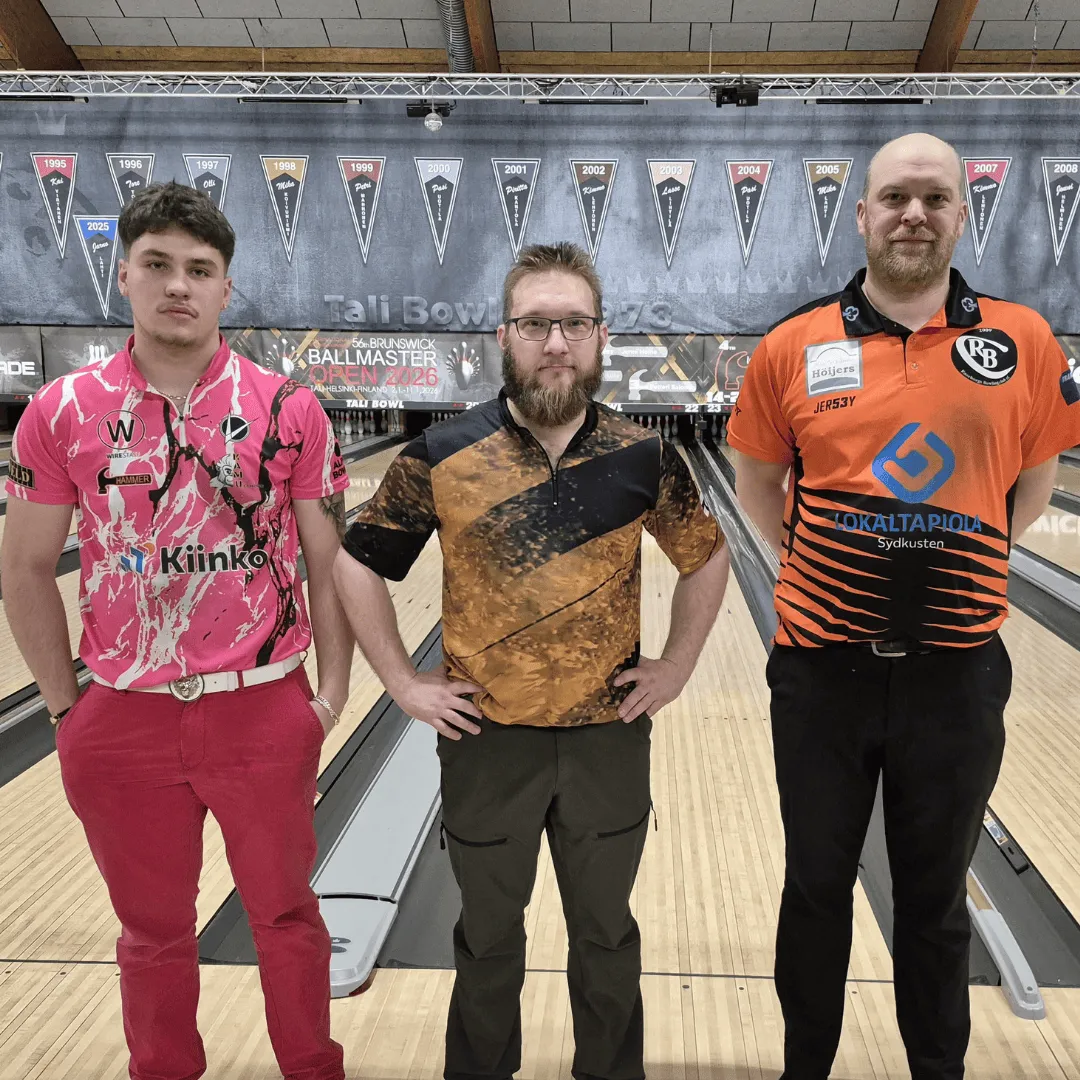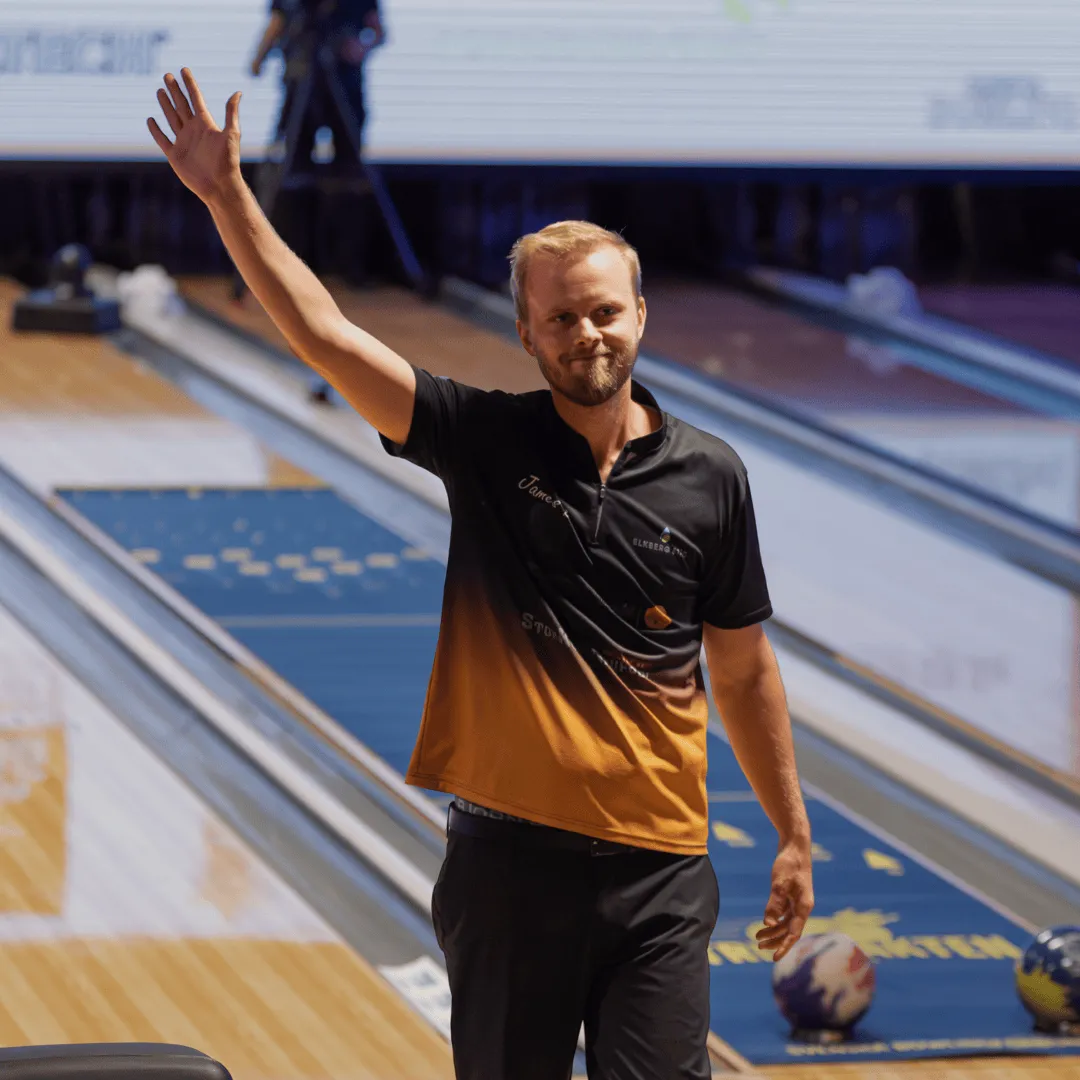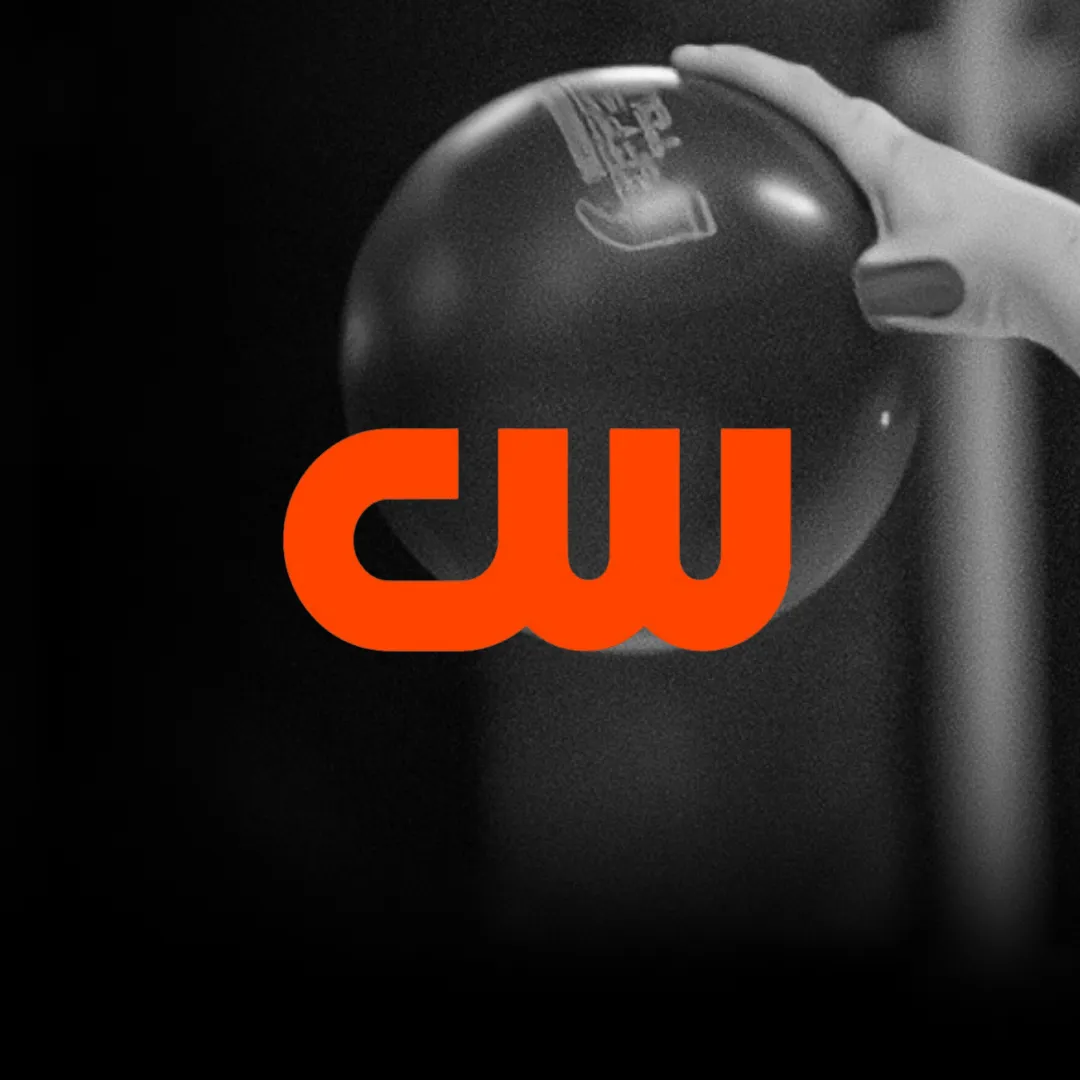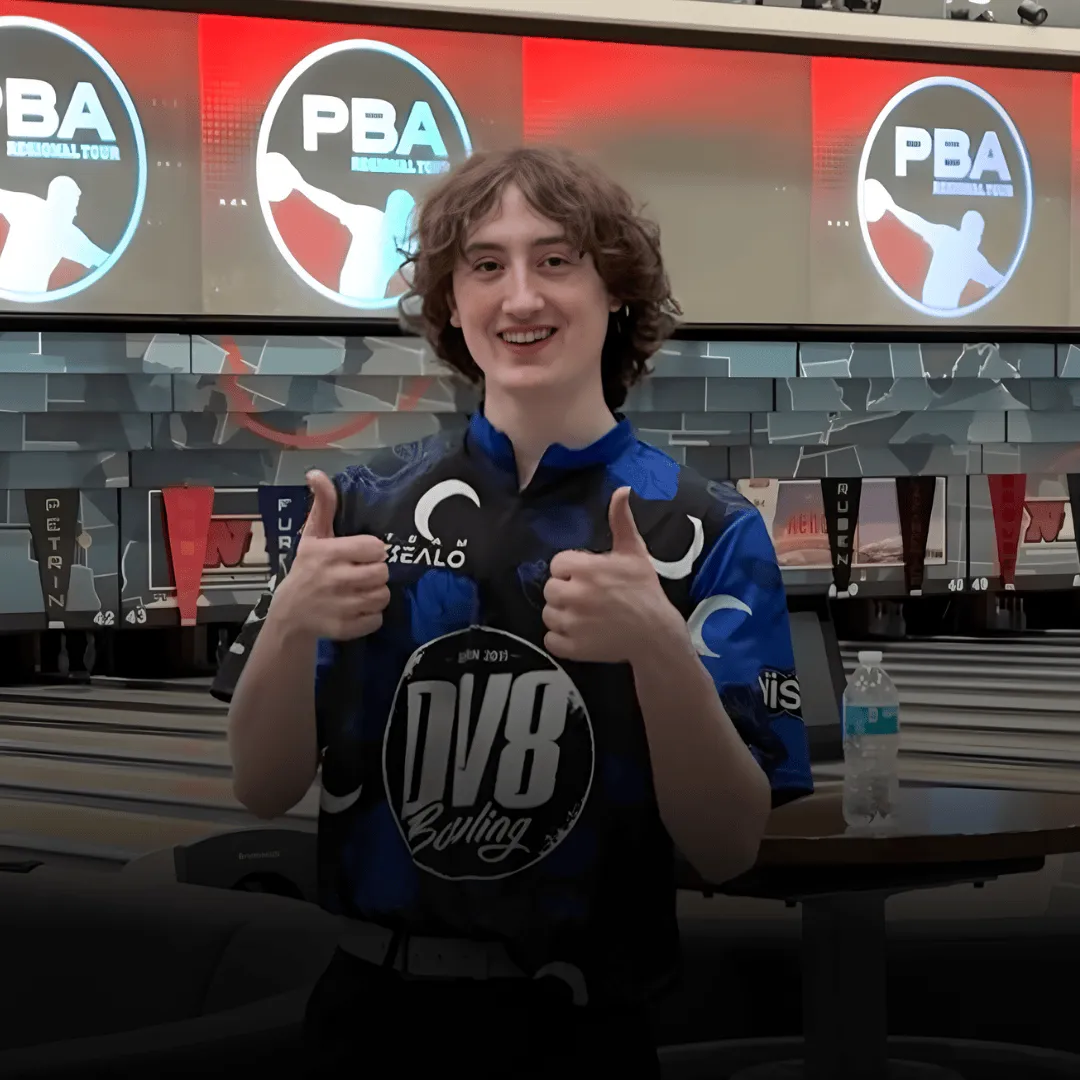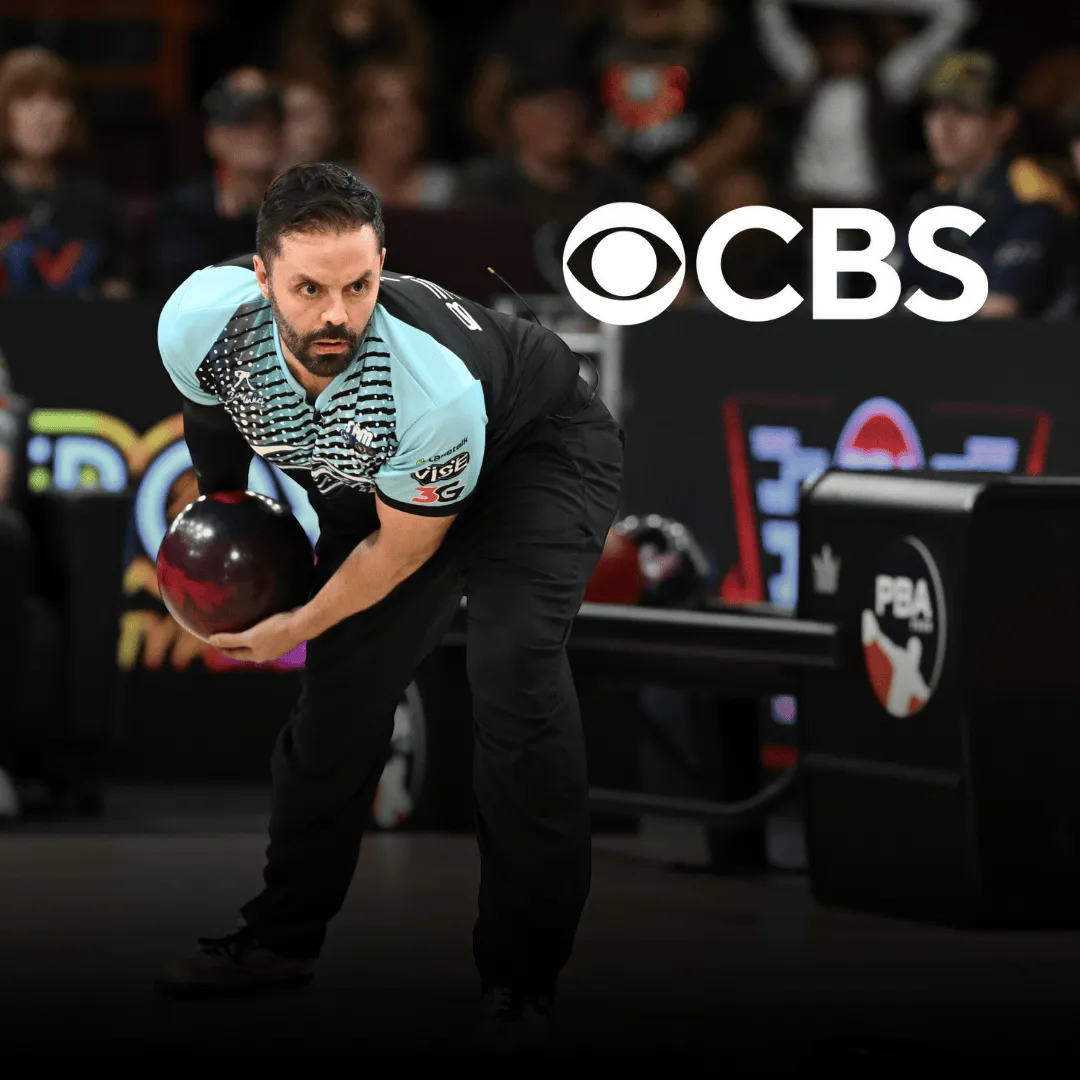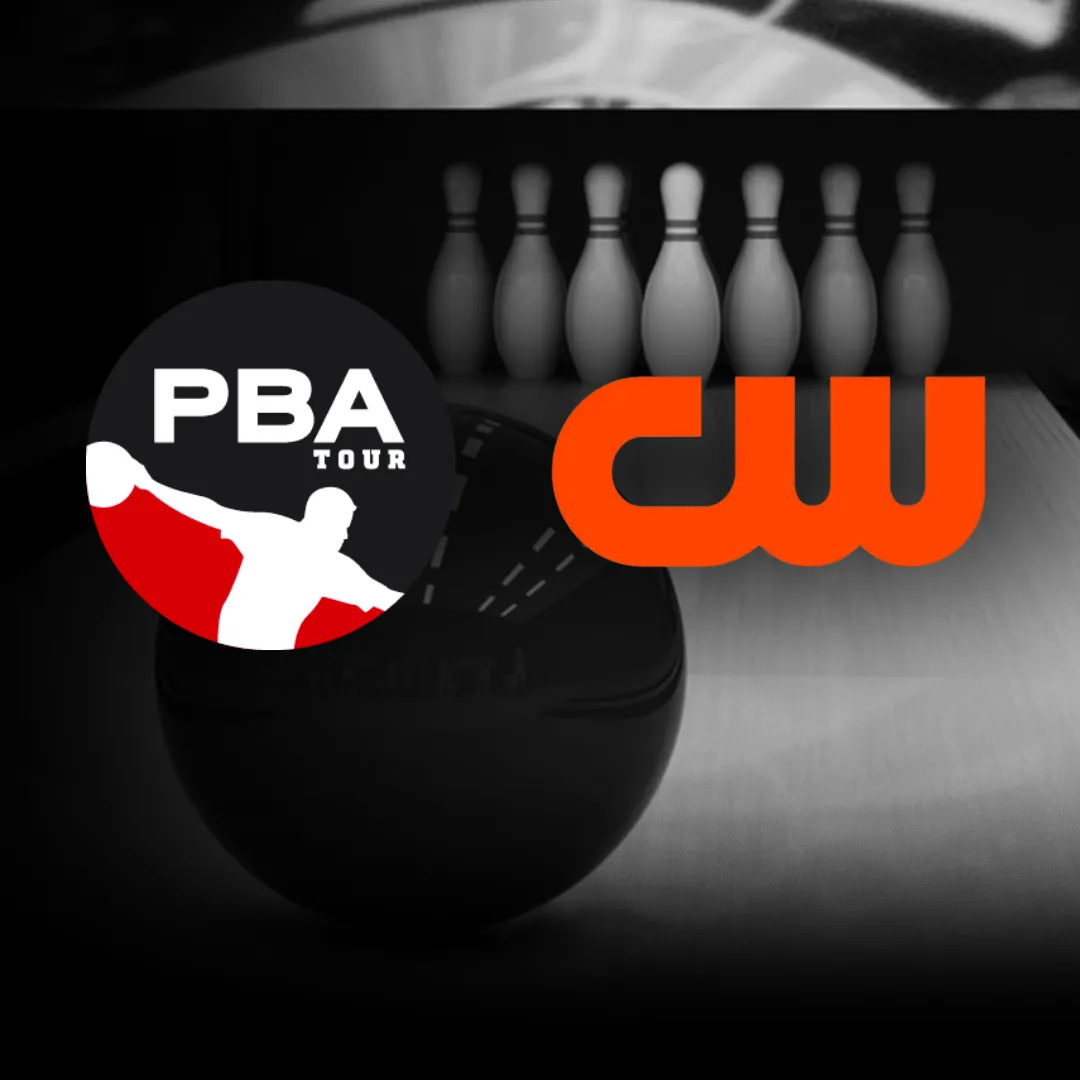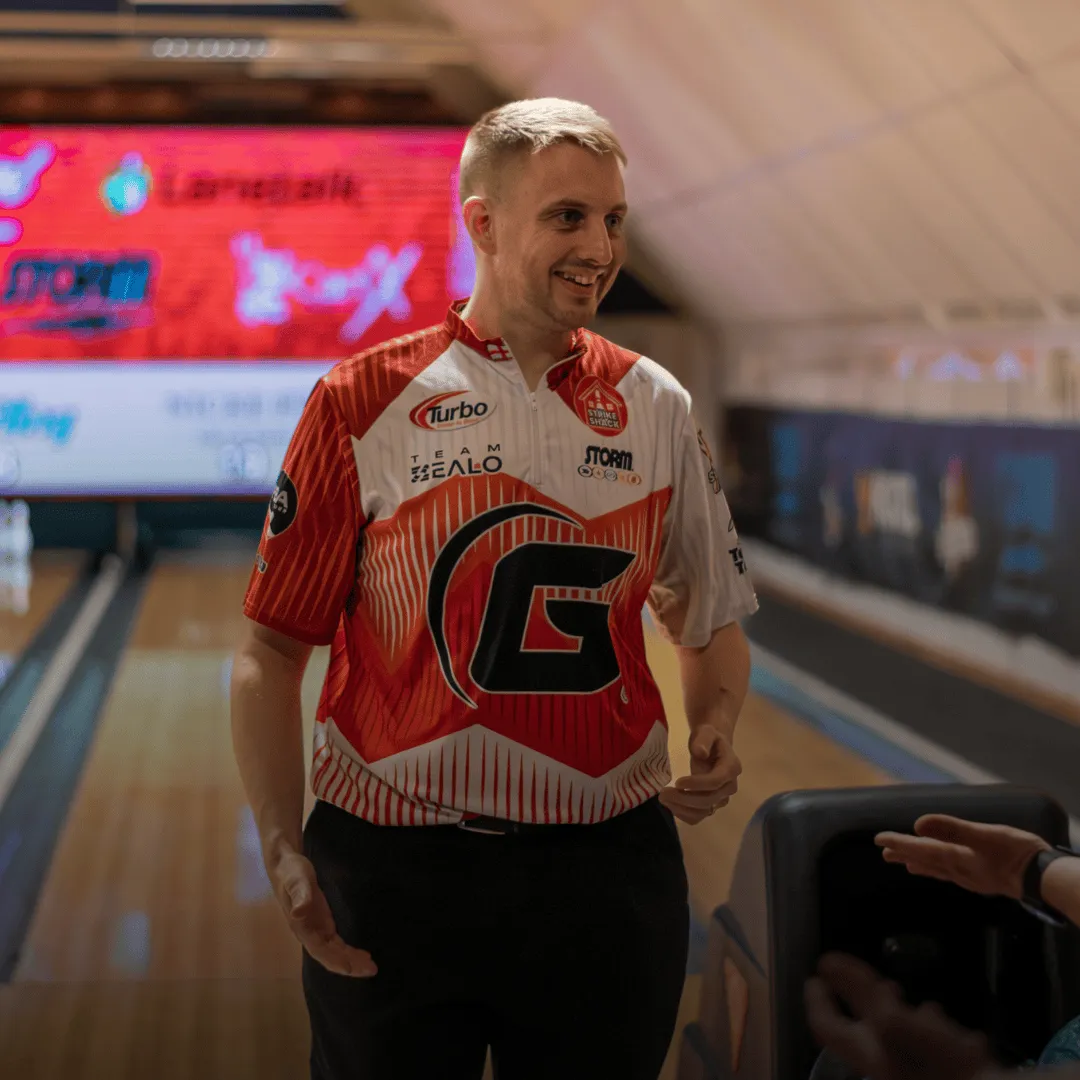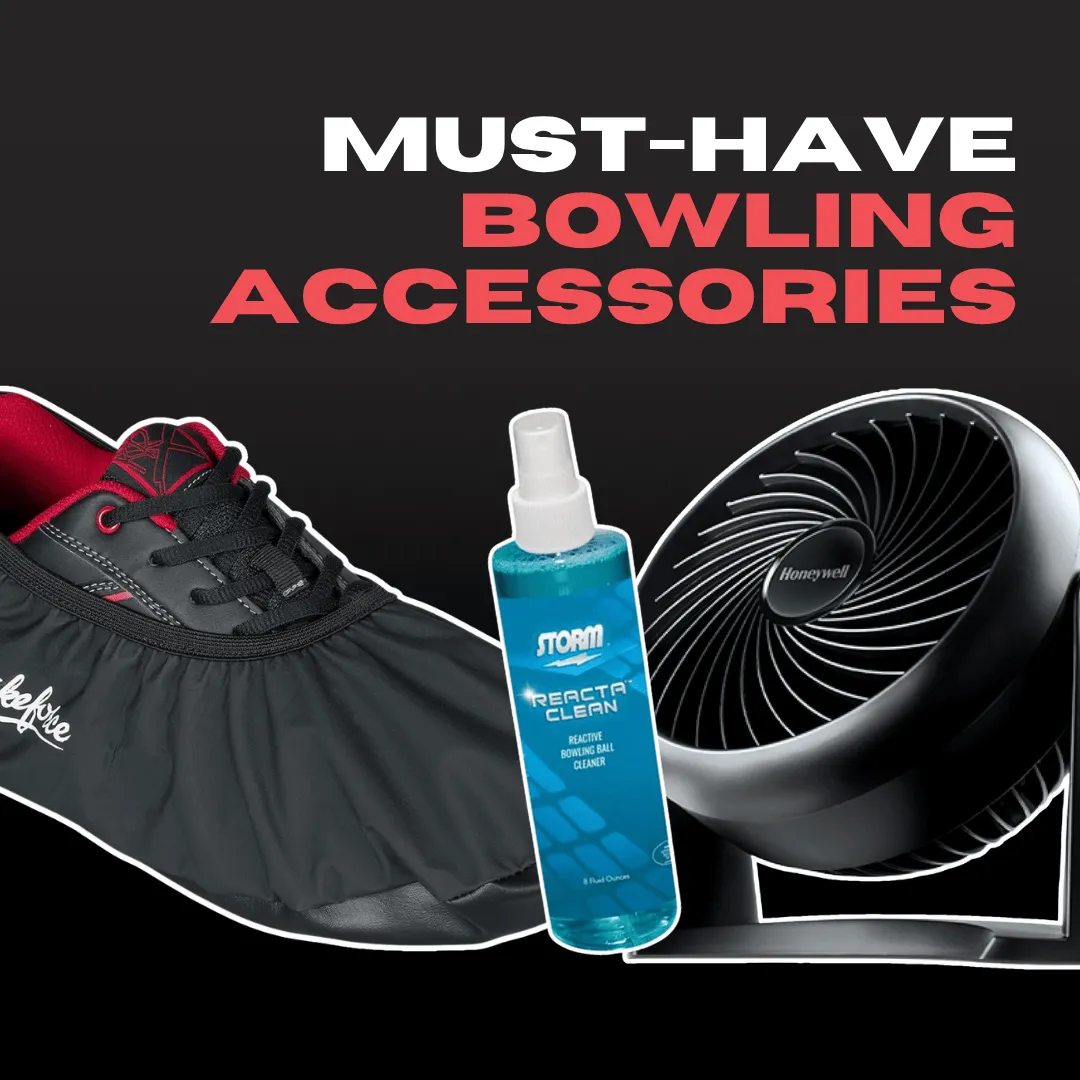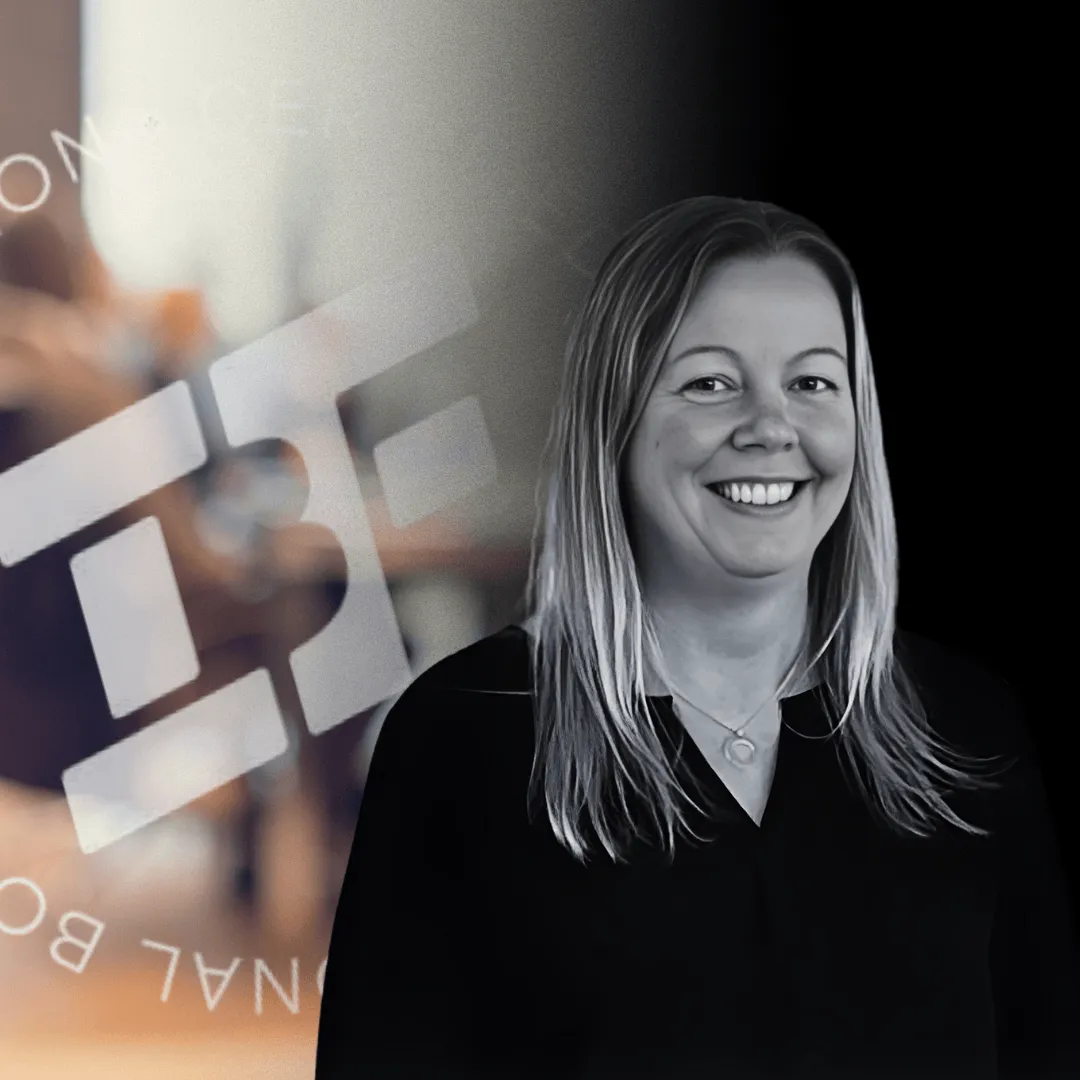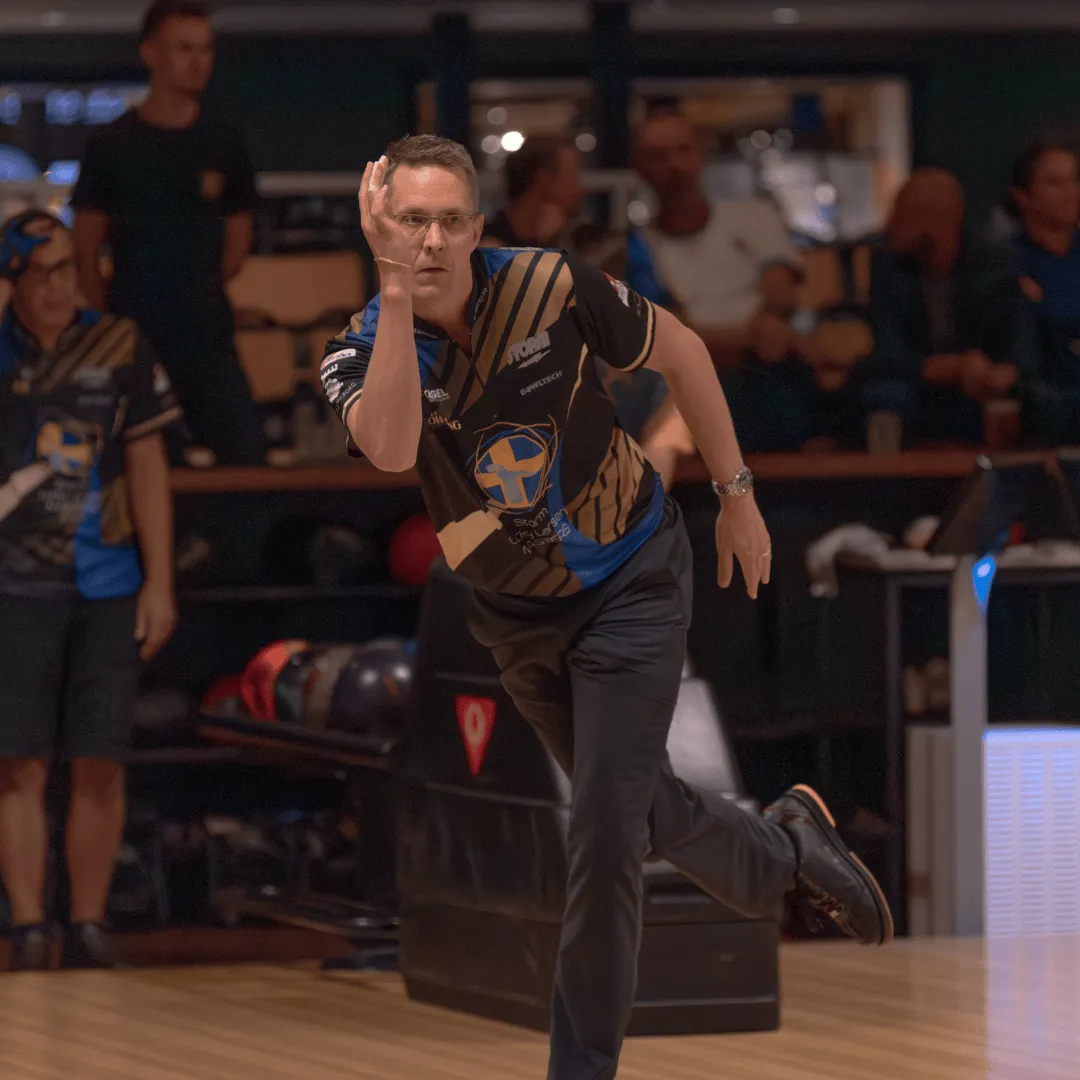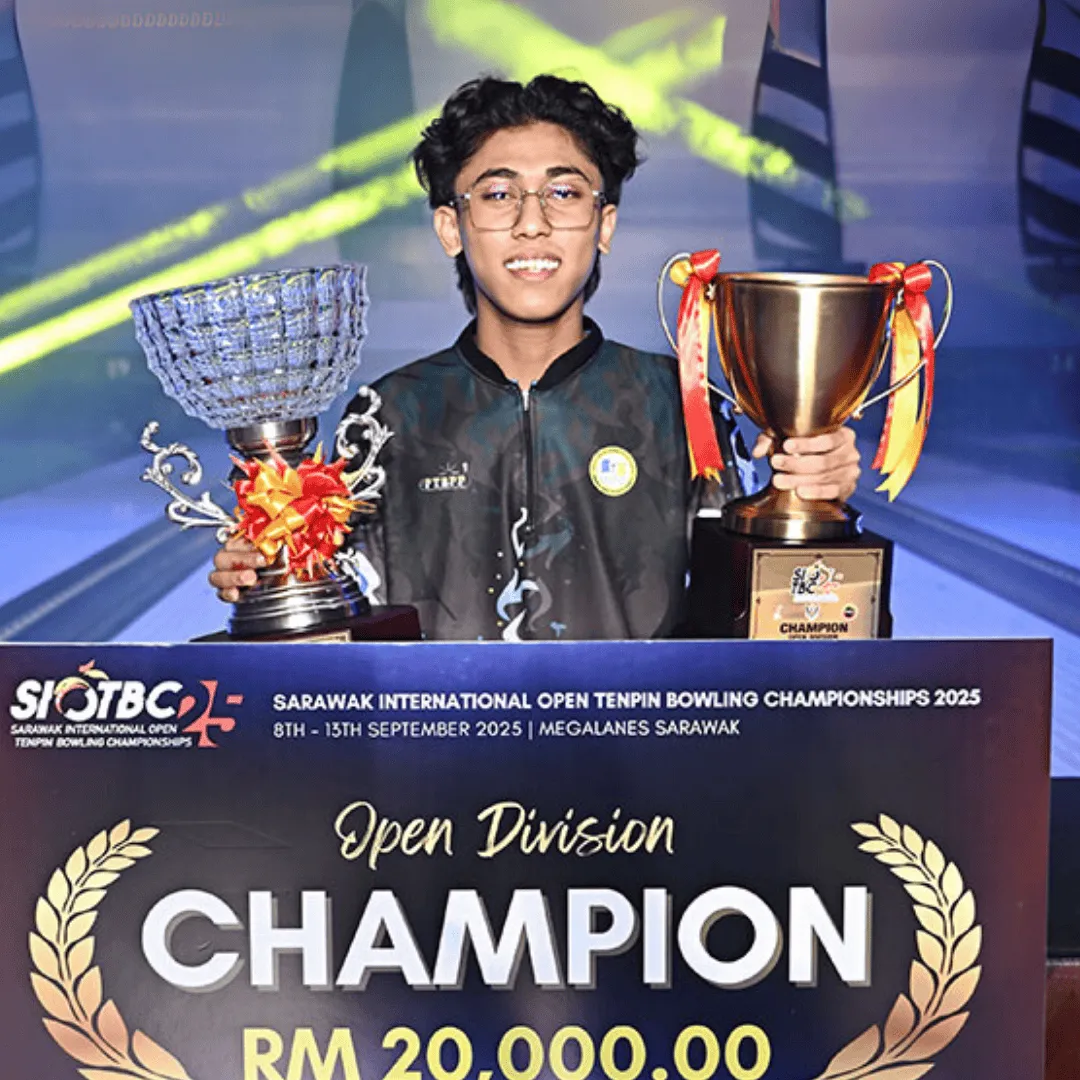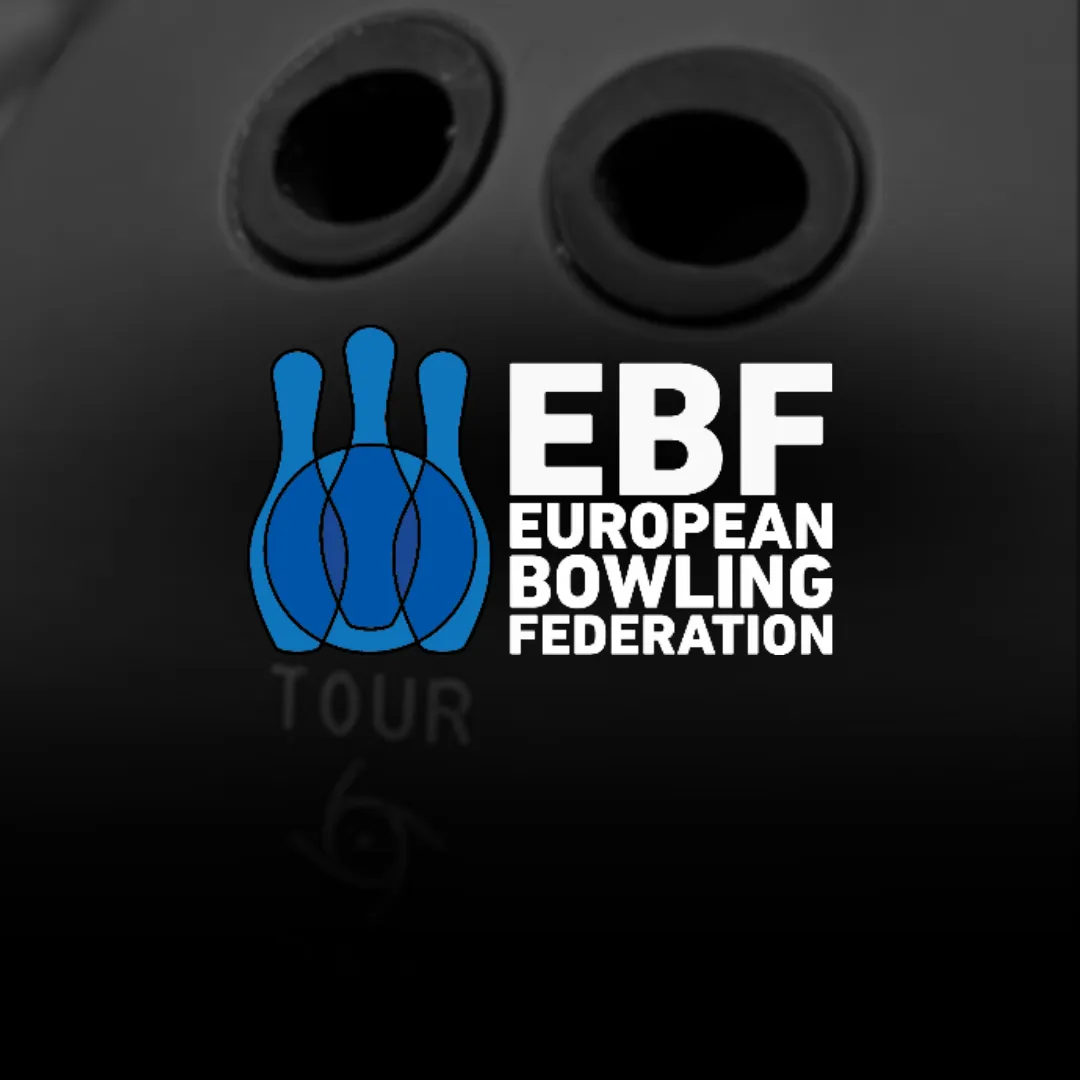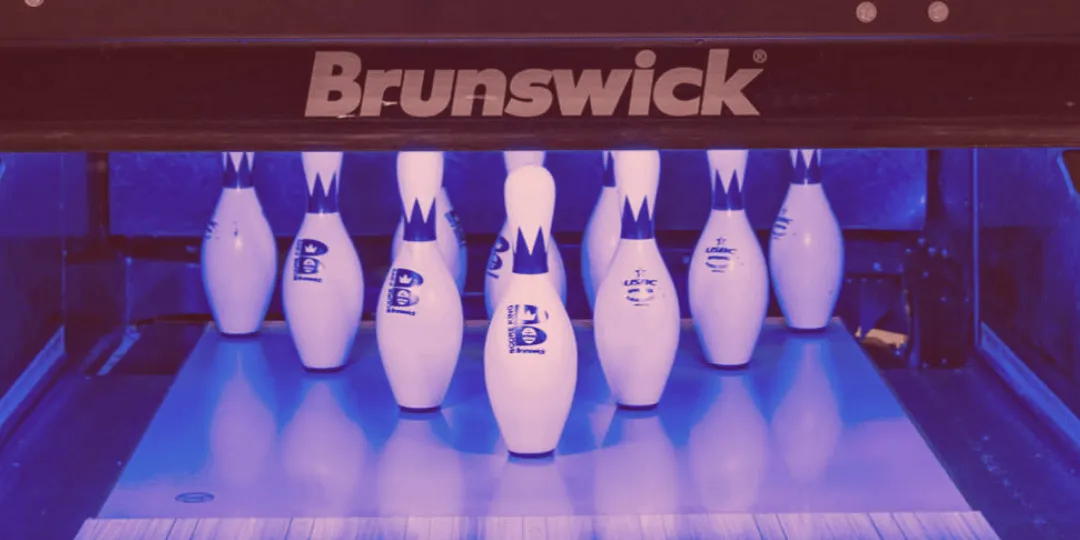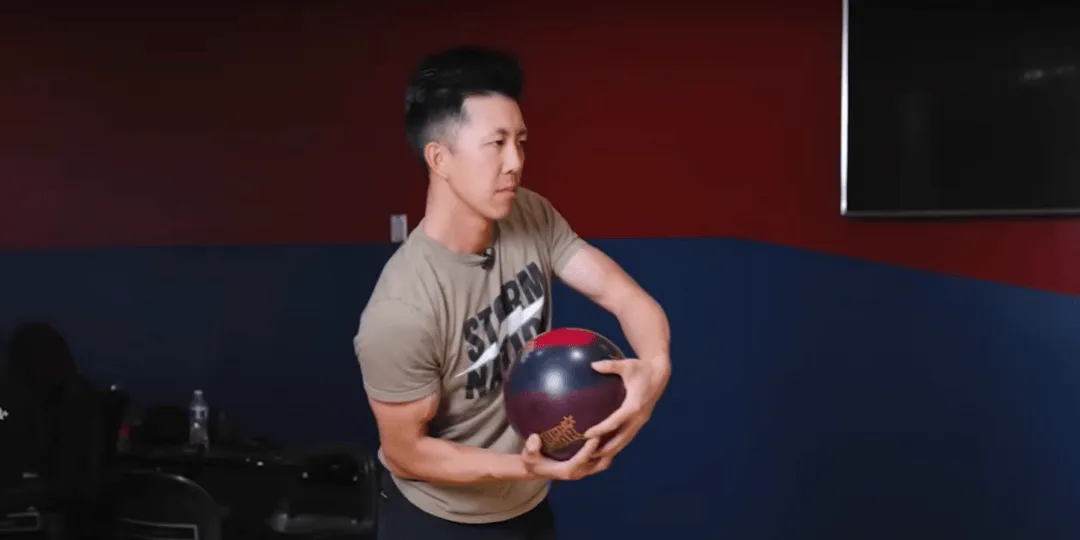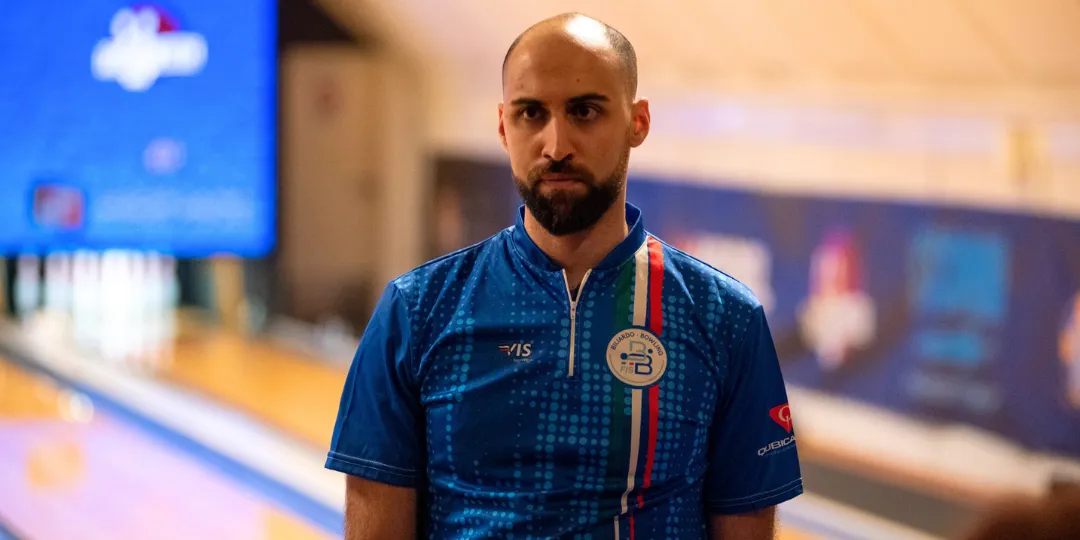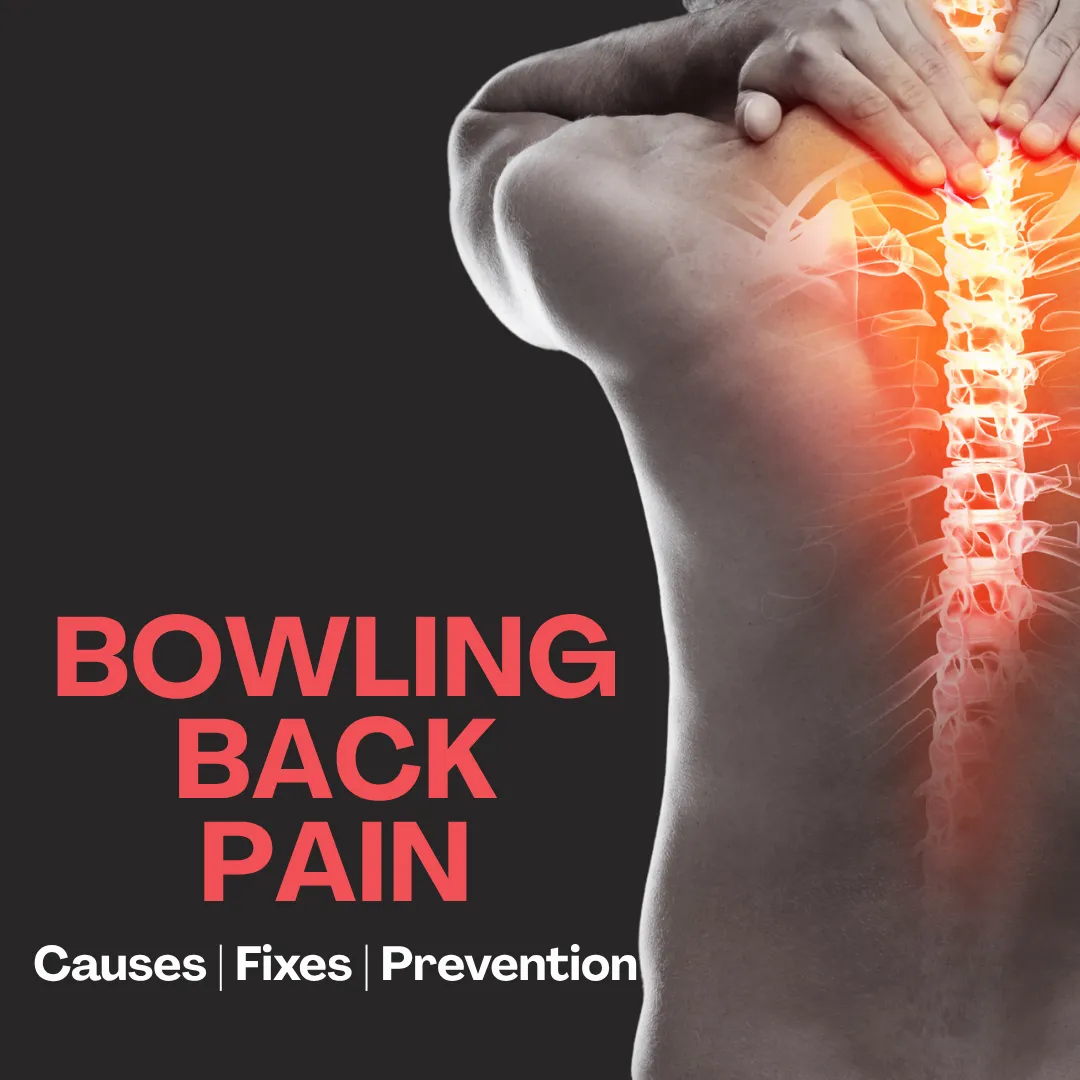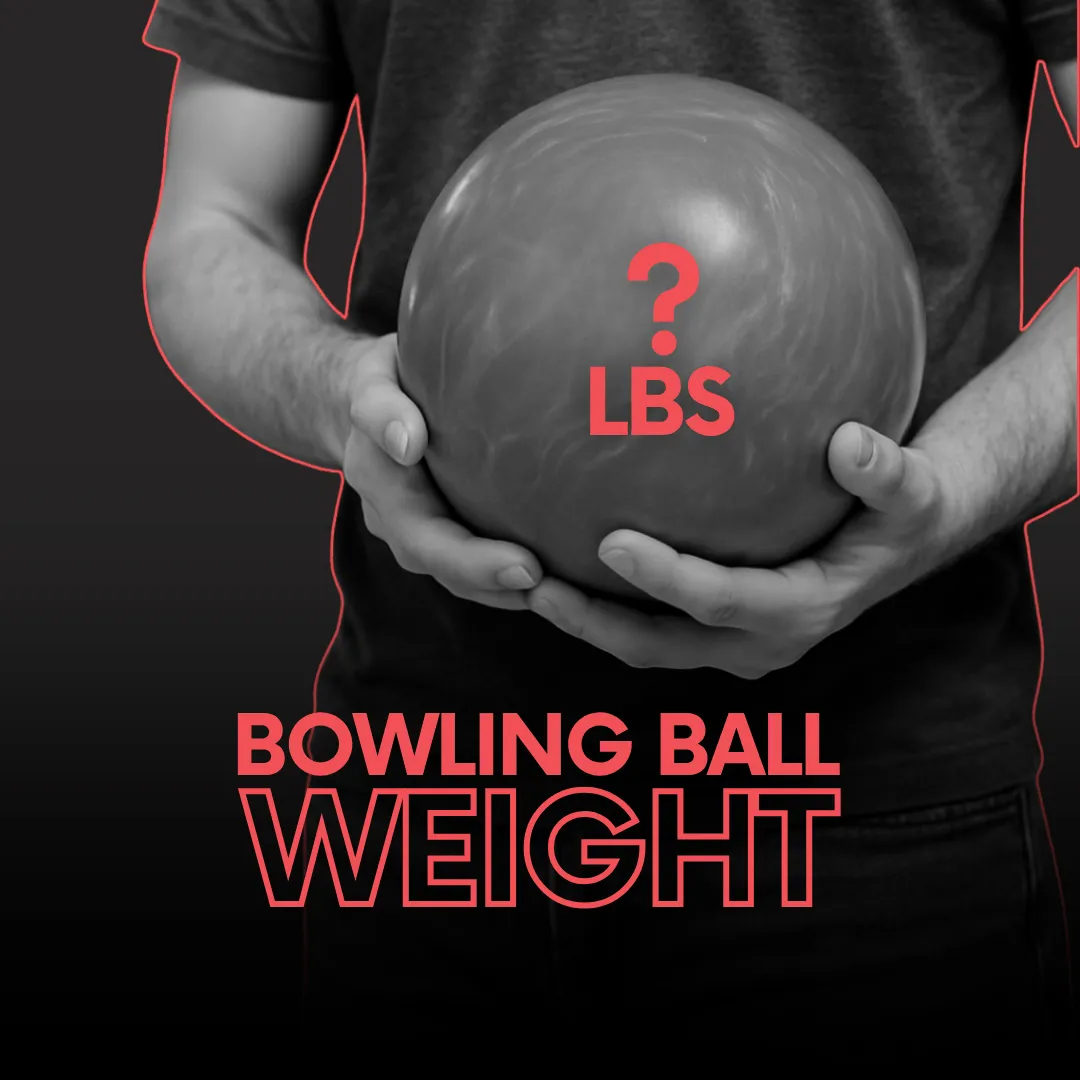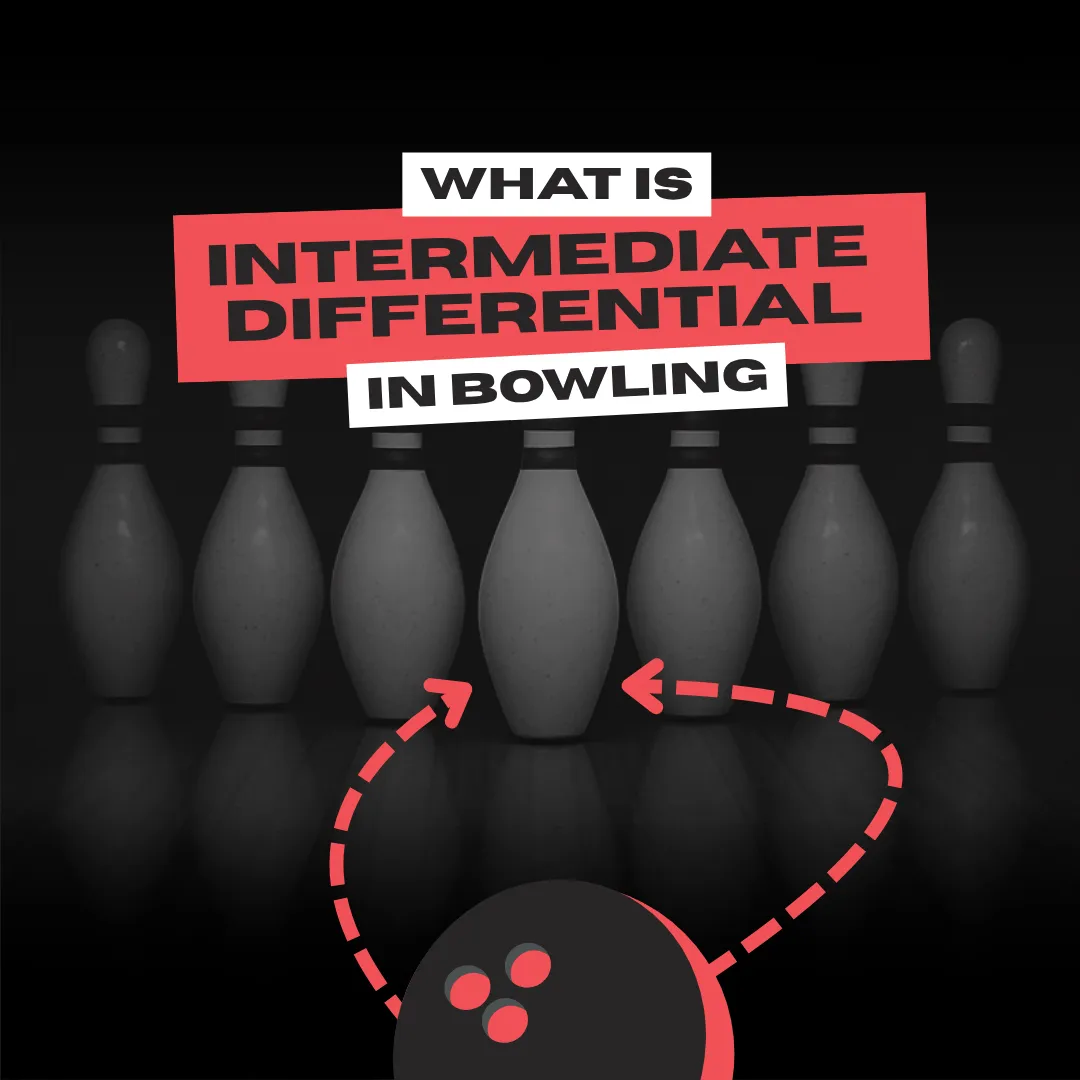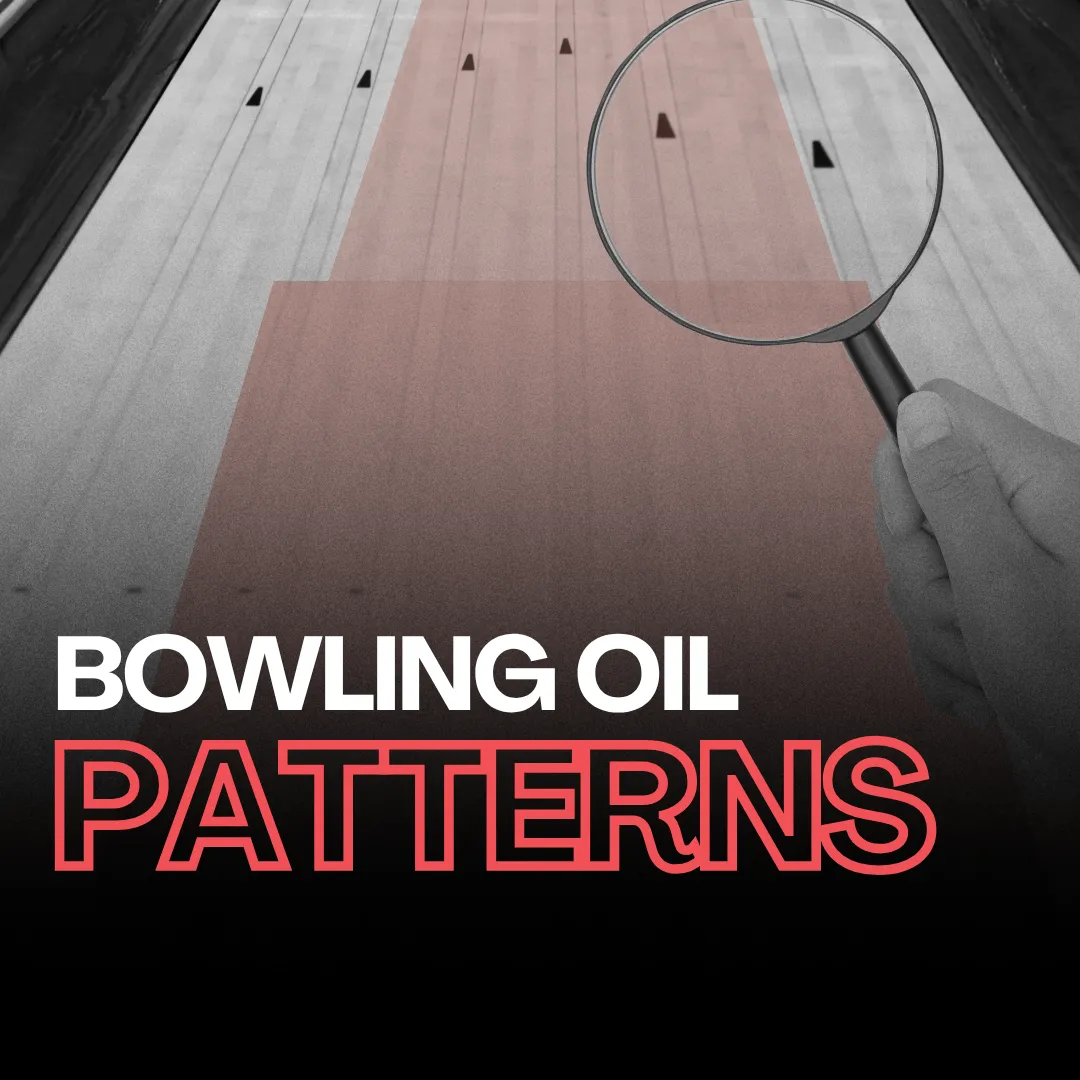“You Never Know What Can Happen in Europe With Purples” – Inside Team Italy’s Domination at the EMC 2025
At the 2025 European Men’s Bowling Championships in Aalborg, Denmark, Team Italy delivered one of its strongest performances in decades.Gli Azzurri claimed medals in Singles, Doubles, the Team event, and All-Events, and came close in Trios — missing the podium by just 9 pins. Singles Singles Doubles Doubles Trios Trios When many powerhouses struggled to find a game plan on a challenging oil pattern — one that some players called the toughest ever seen at the European Championships — Italy’s national team obviously thrived, scoring well above the EMC average. Much of that Italy's success was led by Antonino Fiorentino, who, in addition to bronze medals in Doubles and Team event, also claimed gold in All-Event and Singles, becoming the only Italian bowler to ever win European titles in Singles, Doubles, and Trios. Fiorentino previously won Doubles gold with Nicola Pangolini in 2023 and Trios gold in 2019 and 2022 alongside Pangolini and Alessandro Santu. won Doubles gold with Nicola Pangolini in 2023 won Doubles gold with Nicola Pangolini in 2023 BowlingLife caught up with Antonino Fiorentino after the event to hear how Italy navigated the challenging lane conditions, adapted their strategy mid-tournament, and came just one brave and timely decision away from earning medals in every event at the EMC 2025. Reading the Lanes, Not Just the Pattern Sheet Fiorentino said he noticed early on that playing traditional lines near the second or third arrow wouldn’t be an option this year at the European Men's Bowling Championships, and that some non-standard adjustments would be necessary. “I noticed from official practice that big asymmetrical balls didn’t hold up well on the fresh — maybe for one game. After that, the best look I had was moving in and playing really close to the pocket with a forward roll and a low-flaring ball. For me, that was the Envy Tour.” “I noticed from official practice that big asymmetrical balls didn’t hold up well on the fresh — maybe for one game. After that, the best look I had was moving in and playing really close to the pocket with a forward roll and a low-flaring ball. For me, that was the Envy Tour.” His usual go-to ball didn’t look as promising. For transition, he also avoided fast-response asymmetric shapes like the Brunswick Hypnotize, opting instead for his Track Theorem. “My benchmark ball — the Trouble Maker Solid — just looked worse overall. For the transition, I also decided to go with my Theorem instead of the Hypnotize, for the same reason. I noticed that big, quick-asym balls weren’t effective there either.” “My benchmark ball — the Trouble Maker Solid — just looked worse overall. For the transition, I also decided to go with my Theorem instead of the Hypnotize, for the same reason. I noticed that big, quick-asym balls weren’t effective there either.” While urethane bowling balls had repeatedly shown success at past European Championships, using them wasn’t part of Italy’s original strategy this time — but as Fiorentino noted, in Europe, you always have to be prepared to both use urethane and face opponents who do. “We all picked one urethane ball each, but we didn’t really test them during practice. It was more of a defensive move — you never know what can happen in Europe with the Purples.” “We all picked one urethane ball each, but we didn’t really test them during practice. It was more of a defensive move — you never know what can happen in Europe with the Purples.” Like a Finely Tuned Stradivarius Violin In the early stages of the tournament, everything was falling into place for Antonino Fiorentino. He opened his six-game block with a 211 and kept building momentum, finishing strong with a 269 in the final game — a performance that secured him third place in Singles qualification. It was clear that his equipment choices were spot on and performing exactly as expected. “In Singles and Doubles, my arsenal worked perfectly. I saw exactly what I had anticipated during practice. Shot-making was obviously crucial, but if you had the right types of balls and played the correct part of the lane in the right way, you could still score.” “In Singles and Doubles, my arsenal worked perfectly. I saw exactly what I had anticipated during practice. Shot-making was obviously crucial, but if you had the right types of balls and played the correct part of the lane in the right way, you could still score.” In the semifinal, Fiorentino rolled 246 and a dominant 277 in the final — beating two French bowlers with urethanes inside the lane. “In Singles I bowled against Valentin Saulnier and Gaëtan Mouveroux. They were both using the Purple Hammer playing inside. I used the Perfect Mindset against Valentin, and then switched to the Envy Tour against Gaëtan because that pair was slower. It was basically a shot-making contest — we didn’t really interfere with each other’s game. There were too few shots.”In Doubles, paired with Erik Davolio, Antonino Fiorentino finished third in qualification with a mutual 212.4 average. In the semifinal, they faced the same opponents — but this time, France’s urethane strategy proved more effective. Davolio scored 155, Fiorentino added 194, but it wasn’t enough to break through to the Doubles final. “In Singles I bowled against Valentin Saulnier and Gaëtan Mouveroux. They were both using the Purple Hammer playing inside. I used the Perfect Mindset against Valentin, and then switched to the Envy Tour against Gaëtan because that pair was slower. It was basically a shot-making contest — we didn’t really interfere with each other’s game. There were too few shots.” “They were able to migrate left faster than us and ended up breaking down our lines.” “They were able to migrate left faster than us and ended up breaking down our lines.” The Turning Point: France and Finland Change the Game After the Doubles block, things began to shift. France started playing urethane deep inside, around the fourth arrow — and it was clearly working. The French trio of Valentin Saulnier, Gaëtan Mouveroux, and Maxime Dubois averaged 218.7, leading the Trios qualification by more than 200 pins over their closest competitors. “We noticed that France was using Purples at the beginning of the block, and they were playing them inside — around the fourth arrow, keeping it tight to the pocket. That allowed them to score well as a team on the fresh. We decided to copy that strategy for the rest of the tournament, and it turned out to be a good choice. It was much easier than trying to use big asyms. I think we were the only team — maybe along with part of the Swedish team — who picked up on that.” “We noticed that France was using Purples at the beginning of the block, and they were playing them inside — around the fourth arrow, keeping it tight to the pocket. That allowed them to score well as a team on the fresh. We decided to copy that strategy for the rest of the tournament, and it turned out to be a good choice. It was much easier than trying to use big asyms. I think we were the only team — maybe along with part of the Swedish team — who picked up on that.” Another turning point in the competition came when Finland’s Niko Oksanen rolled a 1396 block using a Purple Hammer, playing on the outside part of the lane. His success sparked a wave of imitation — with more and more players, and in some cases entire teams, trying to replicate the strategy. While it paid off for some, like the Romanian national team, Fiorentino noted that for many others, it ended up doing more harm than good. like the Romanian national team like the Romanian national team “Sometimes there was more room than usual, but other times no room at all. The point is that many teams couldn’t get anything going inside, so they took the gamble and tried to copy that strategy. As a result, in Trios and Team, there was much more urethane going down the lanes. And if before I had just a small amount of miss-room to the right playing inside, urethane completely took that away — and scores dropped even further.” “Sometimes there was more room than usual, but other times no room at all. The point is that many teams couldn’t get anything going inside, so they took the gamble and tried to copy that strategy. As a result, in Trios and Team, there was much more urethane going down the lanes. And if before I had just a small amount of miss-room to the right playing inside, urethane completely took that away — and scores dropped even further.” A Crucial Adjustment By the time the Team event began, lane conditions had become much tighter due to the surge in urethane use. With miss-room shrinking, Fiorentino made a bold choice — instead of switching balls early, he decided to polish his Envy Tour. That little maneuver proved crucial and ultimately secured him the All-Events gold. “On the first day of the Team event, I noticed the lanes were tighter because of all this. So for the final block, I decided to polish my Envy Tour instead of switching too early to the Theorem. That ended up being the decisive move for my All-Events gold as I bowled 290 with it.” “On the first day of the Team event, I noticed the lanes were tighter because of all this. So for the final block, I decided to polish my Envy Tour instead of switching too early to the Theorem. That ended up being the decisive move for my All-Events gold as I bowled 290 with it.” The same strategy might have worked for the entire Italian team, but in the Team semifinals against Denmark, they opted to start with urethane — a decision that didn’t quite pay off. By the time they adjusted their approach, the momentum had already shifted, and it was too late to recover. “We wasted valuable practice time trying to make urethane work, and by the time we switched to reactive… they were already lined up and striking way more than we were.” “We wasted valuable practice time trying to make urethane work, and by the time we switched to reactive… they were already lined up and striking way more than we were.” A Little Too Late In the Masters, Fiorentino started as a No. 1 seed and skipped the first final step. In the final step 2, Fiorentino met No. 24 seed Iceland's Arnar David Jonsson, who previously defeated Sweden's Markus Jansson. As both players were throwing balls at the same part of the lane with similar ball’s Fiorentino was happy about this matchup. "It was a good matchup for me — we were playing the same part of the lane with similar balls (Envy Tour vs. Ion Pro), and I just outperformed him." "It was a good matchup for me — we were playing the same part of the lane with similar balls (Envy Tour vs. Ion Pro), and I just outperformed him." But then, Fiorentino's run came to an end against Denmark's Tim Stampe — a matchup that clashed stylistically. Italian knew righ from the beginning that this match will be a tough one. He lost the first nervous game 158-189. Pushed back against the wall and needing something fast, Fiorentino made a tactical shift to urethane in the next game but lacked reps in that part of the lane. “I got paired with Tim Stampe, which I wasn’t too happy about. He was using higher-flaring balls (900 Global Harsh Reality and Roto Grip Rockstar), which allowed him to play left of me and completely blow up my line. I think I made the right move at the start of Game 2, realizing that the only way to beat him was to use urethane outside. But I had literally never thrown a ball in that zone for the whole two weeks, so I didn’t have enough info or confidence to make it work.” “I got paired with Tim Stampe, which I wasn’t too happy about. He was using higher-flaring balls (900 Global Harsh Reality and Roto Grip Rockstar), which allowed him to play left of me and completely blow up my line. I think I made the right move at the start of Game 2, realizing that the only way to beat him was to use urethane outside. But I had literally never thrown a ball in that zone for the whole two weeks, so I didn’t have enough info or confidence to make it work.” Ironically, Stampe went on to lose the semifinal 2-0 (248–201, 234–169) to Maxime Dubois — who succeeded using urethane on the outside, the very strategy Fiorentino had turned to just a bit too late. Had he made the switch earlier, it might have led to yet another medal. Still, the Italian came remarkably close to achieving something rare at the European Championships: medaling in every single event.
